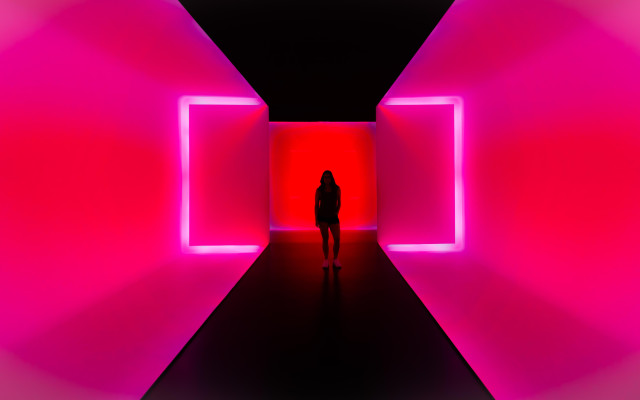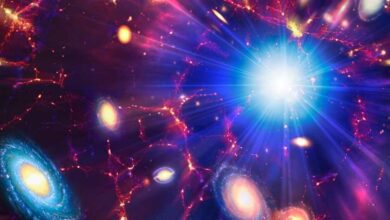
Scientists have found a way to treat depression with light
(ORDO NEWS) — A group of scientists from the US using MRI studied how light affects the brain and mood. All the most important information about the study is in the material of RBC Trends
What’s happening
- Brown University researchers took part in the experiment on 20 healthy adults. They looked through glasses at a light source with four intensity levels that switched over 30 seconds. Participants were asked to report when they felt a difference in the brightness of the light.
- In MRI scans that captured subjects’ brain activity during the task, the researchers found 26 regions that decreased or increased activity depending on the brightness of the light.
- It turned out that the activity of the prefrontal cortex is suppressed in proportion to the brightness of the light. Thus, the scientists concluded that in the areas of the brain responsible for certain cognitive functions and mood, there are neurons that respond to light.
- One of the authors of the study, professor of neurology Jerome Sans, compares these neurons with light-sensitive retinal ganglion cells, which, unlike other types of neuron cells, generate nerve impulses.
- According to Sans, the results of the study will help improve and develop new approaches to the treatment of seasonal affective disorder and depression, including the use of light therapy in treatment.
What does it mean
Light affects not only brain function, but also circadian rhythms. This is a biological clock that regulates the work of organs at different times of the day.
Circadian rhythms are influenced by both the amount of light and the time of its consumption, as well as its color. The color of sunlight is actually a mixture of different colors that change throughout the day.
It is more blue in the morning and more red in the evening. In addition, bright white LED lamps have a blue spectrum, while soft white or yellow incandescent lamps have a red spectrum.
Colors are recognized by special cells in the eyes, cones. They also help regulate circadian rhythms. Therefore, the blue morning light promotes awakening, and the red evening light promotes calmness.
Cycles also affect the quality of learning and perception of information. The brain learns new information better during the day when there is a lot of light, and at night during sleep it stores it in long-term memory.
—
Online:
Contact us: [email protected]
Our Standards, Terms of Use: Standard Terms And Conditions.









